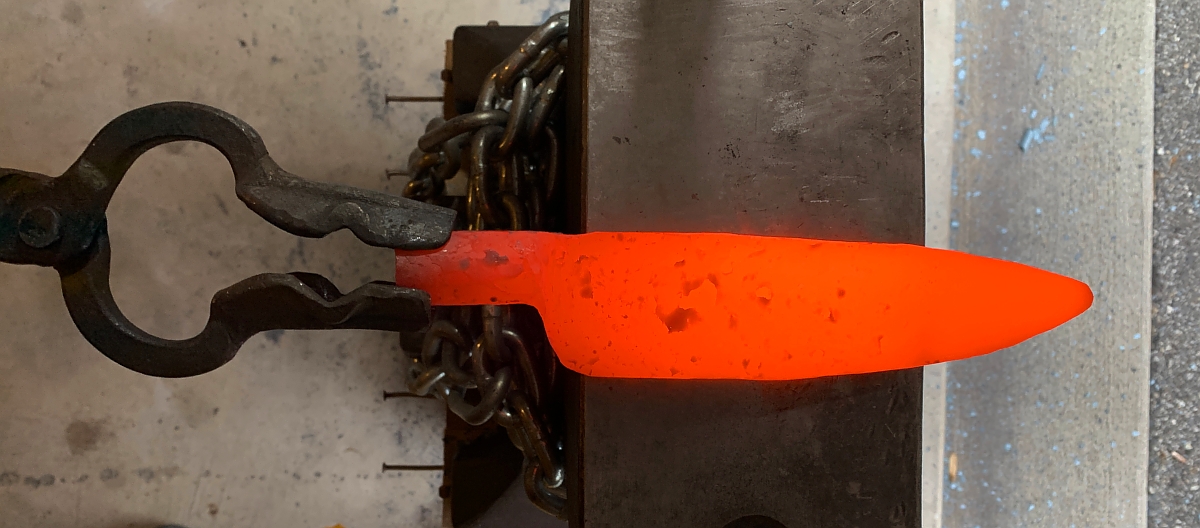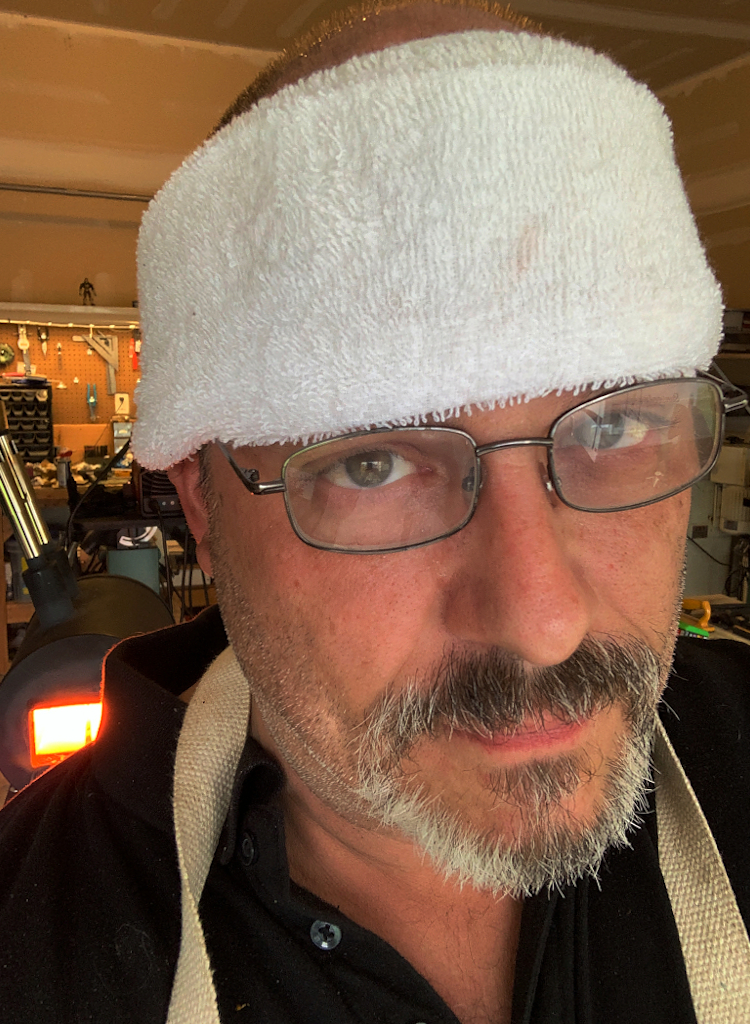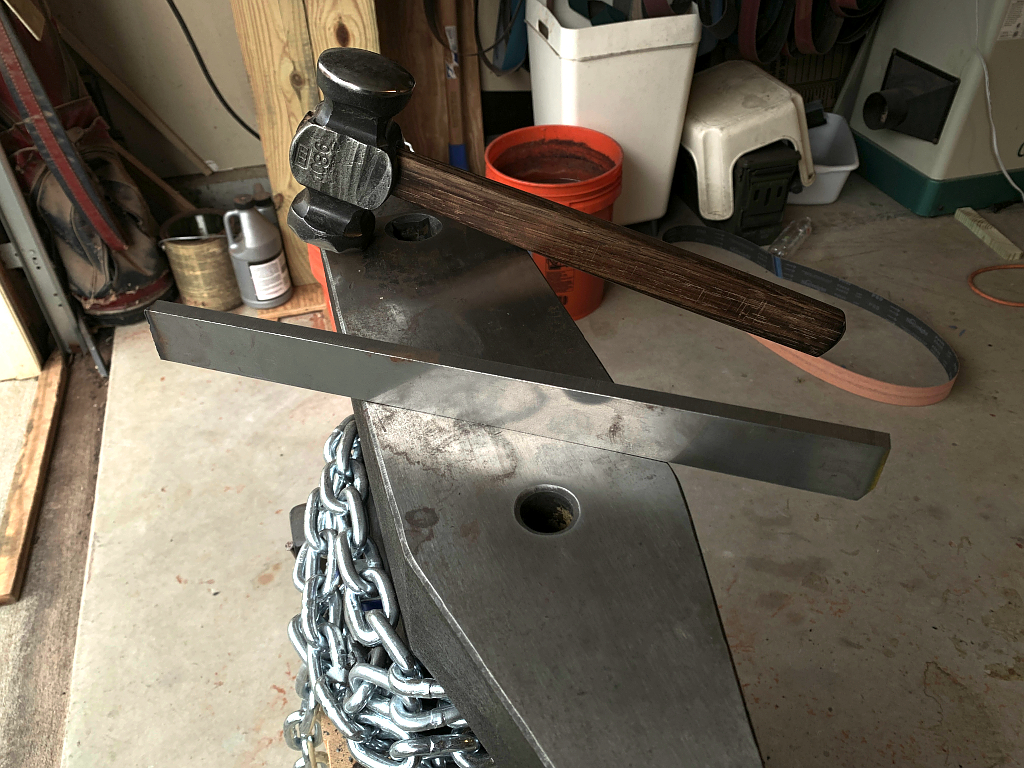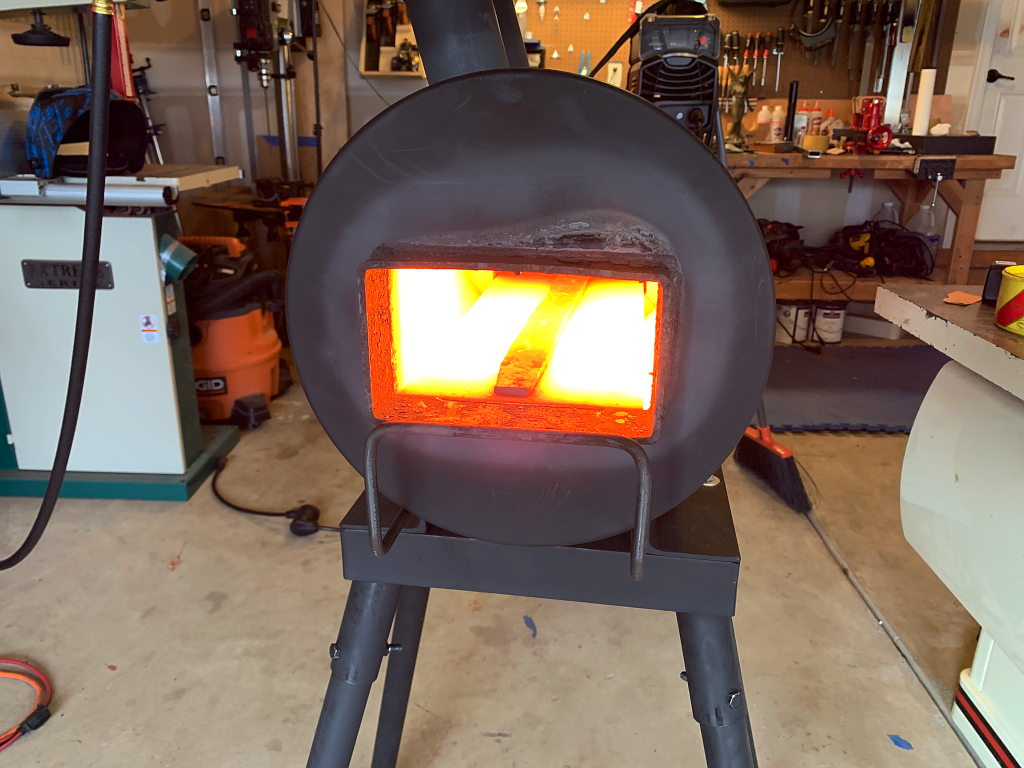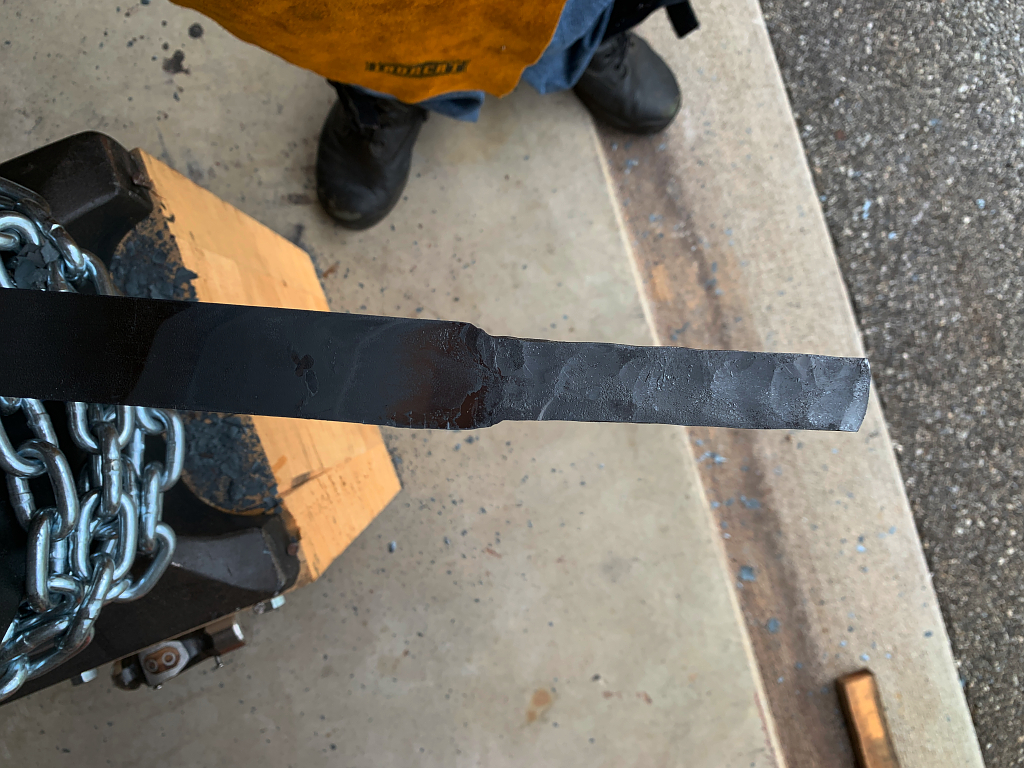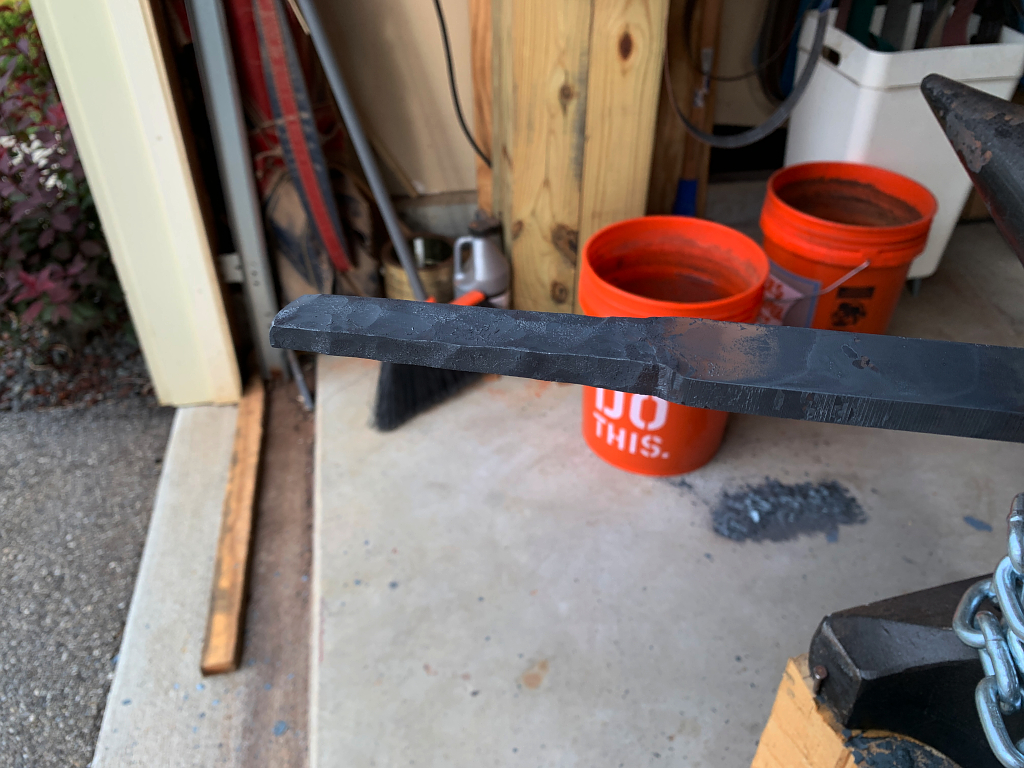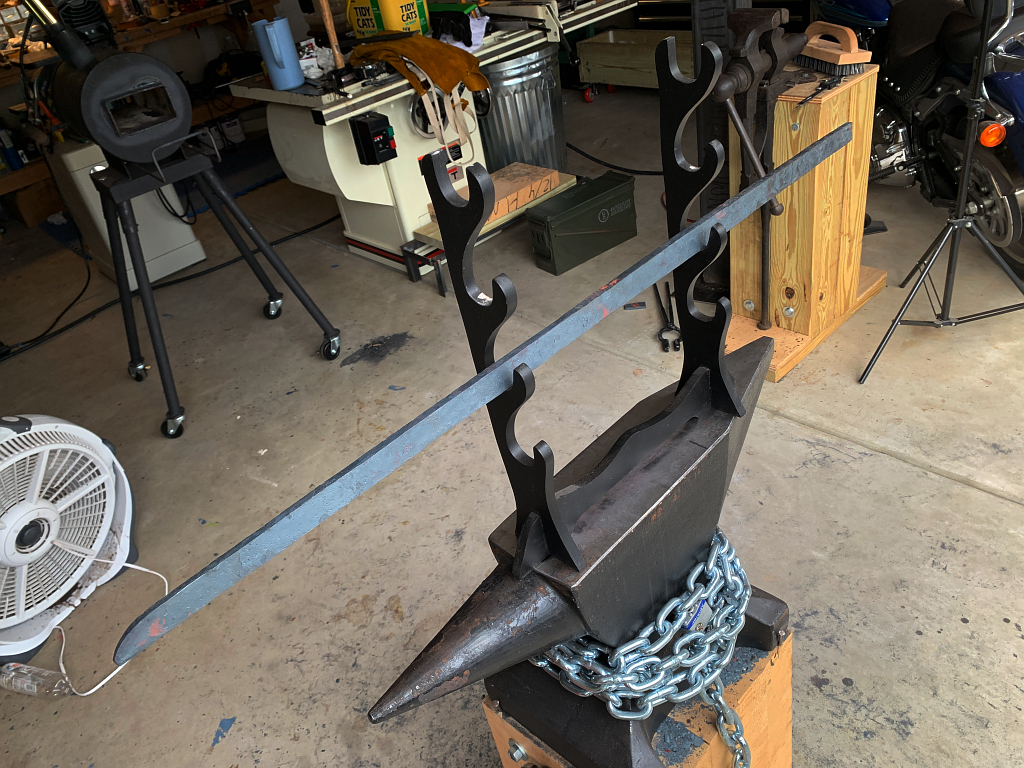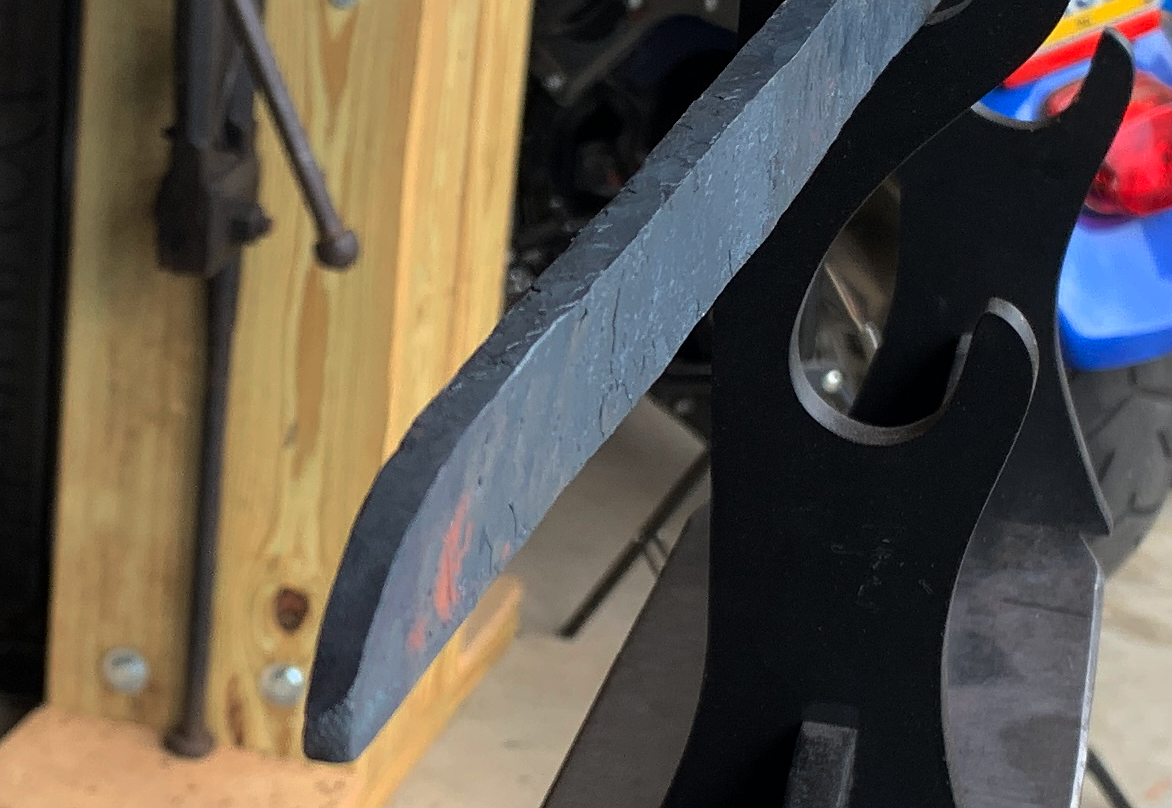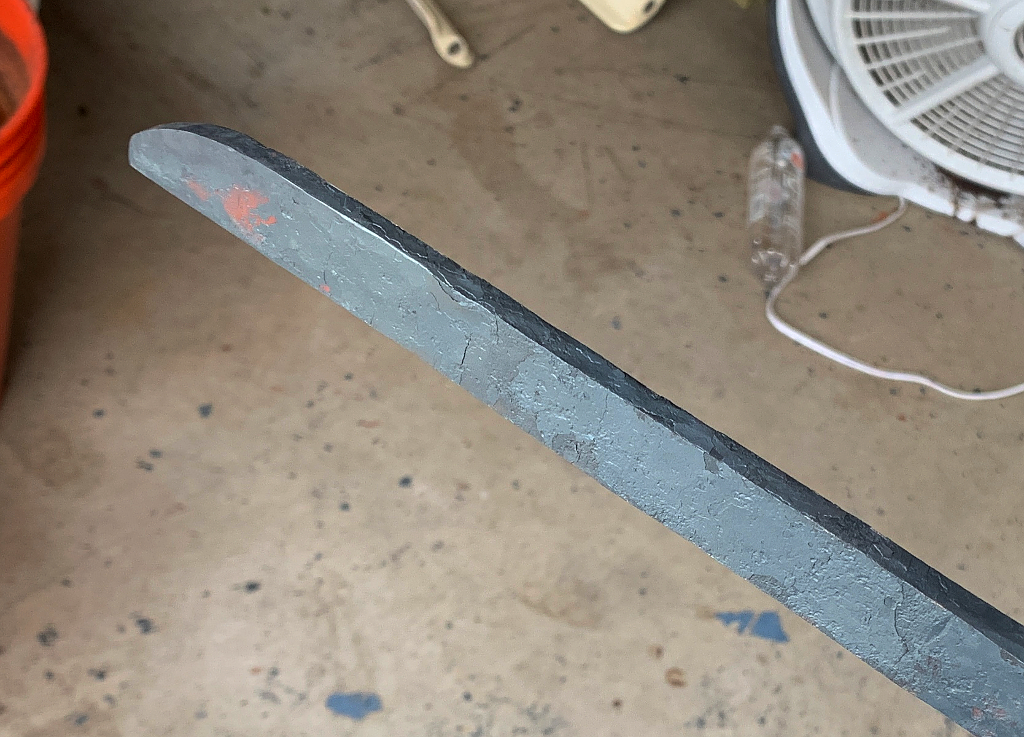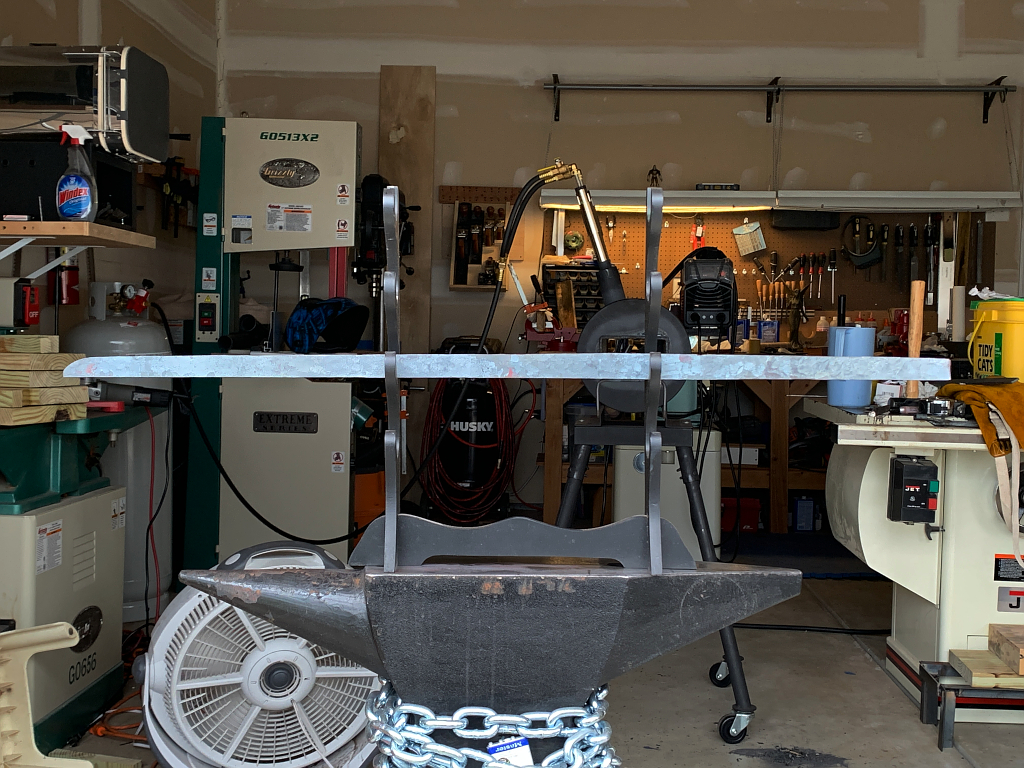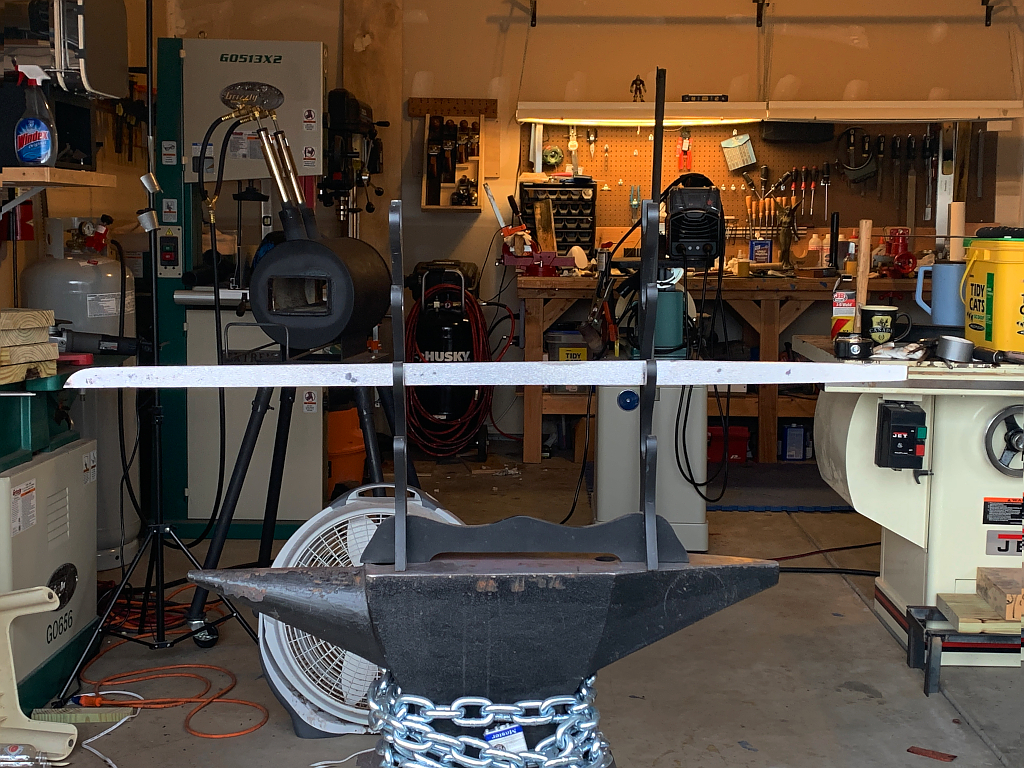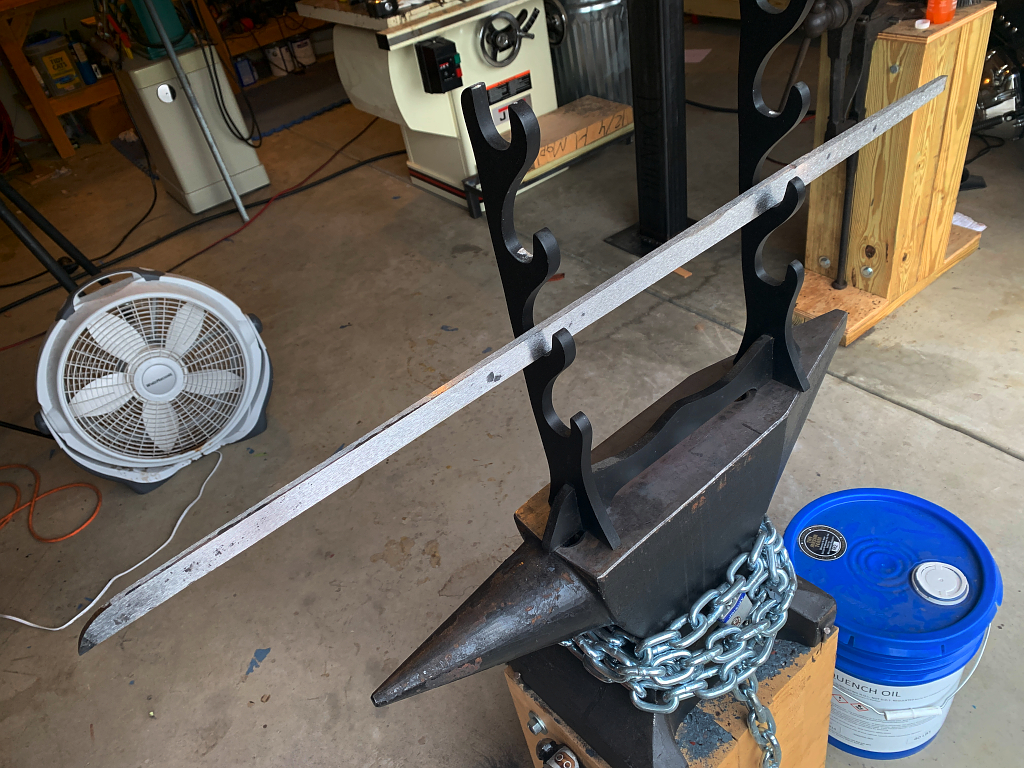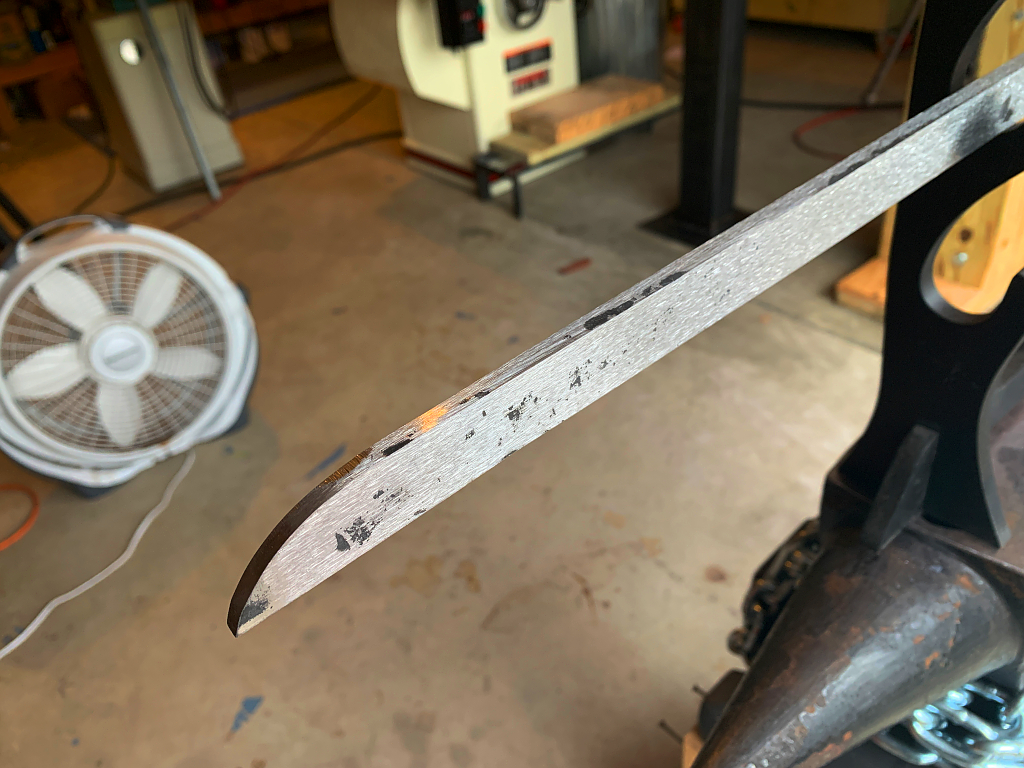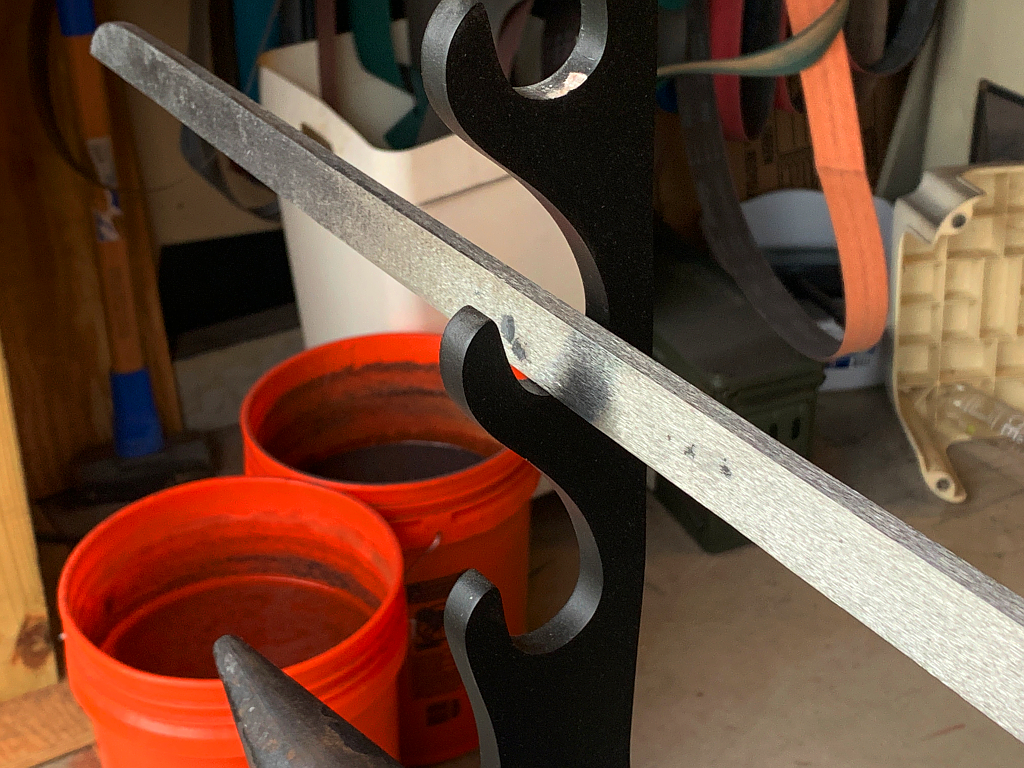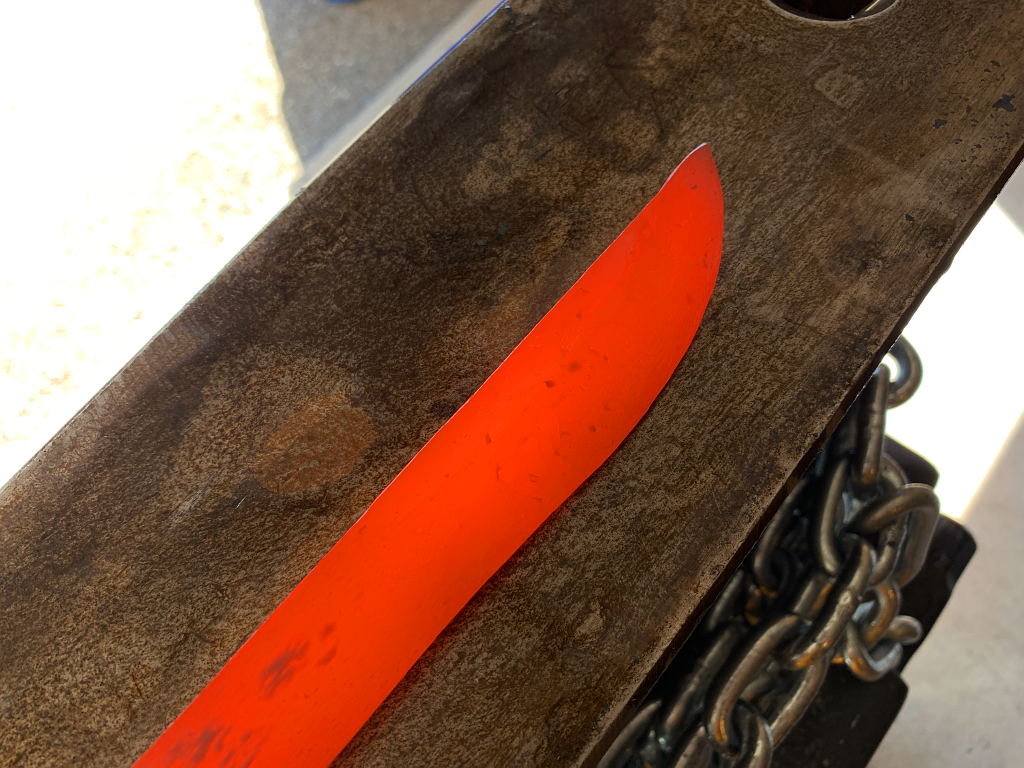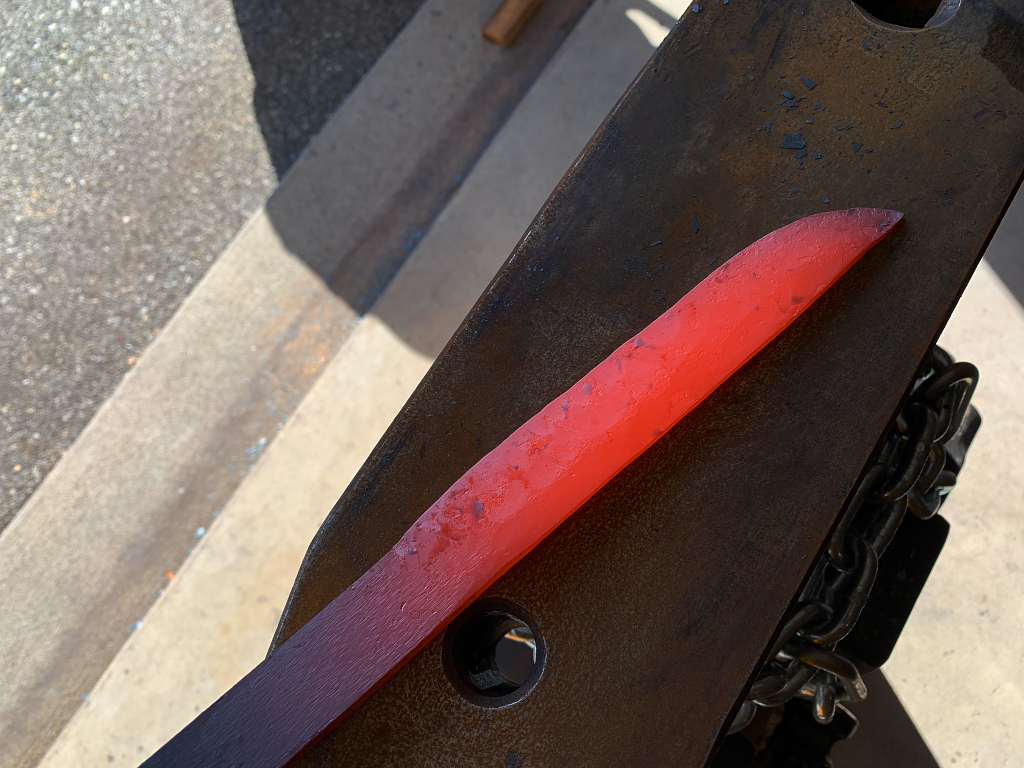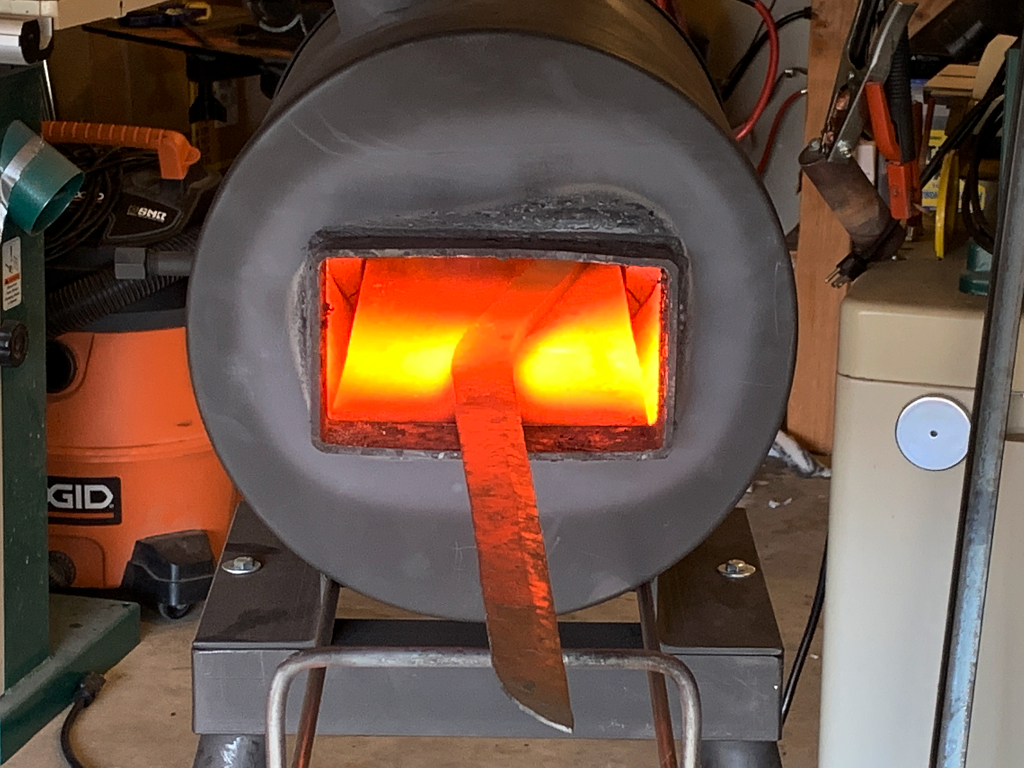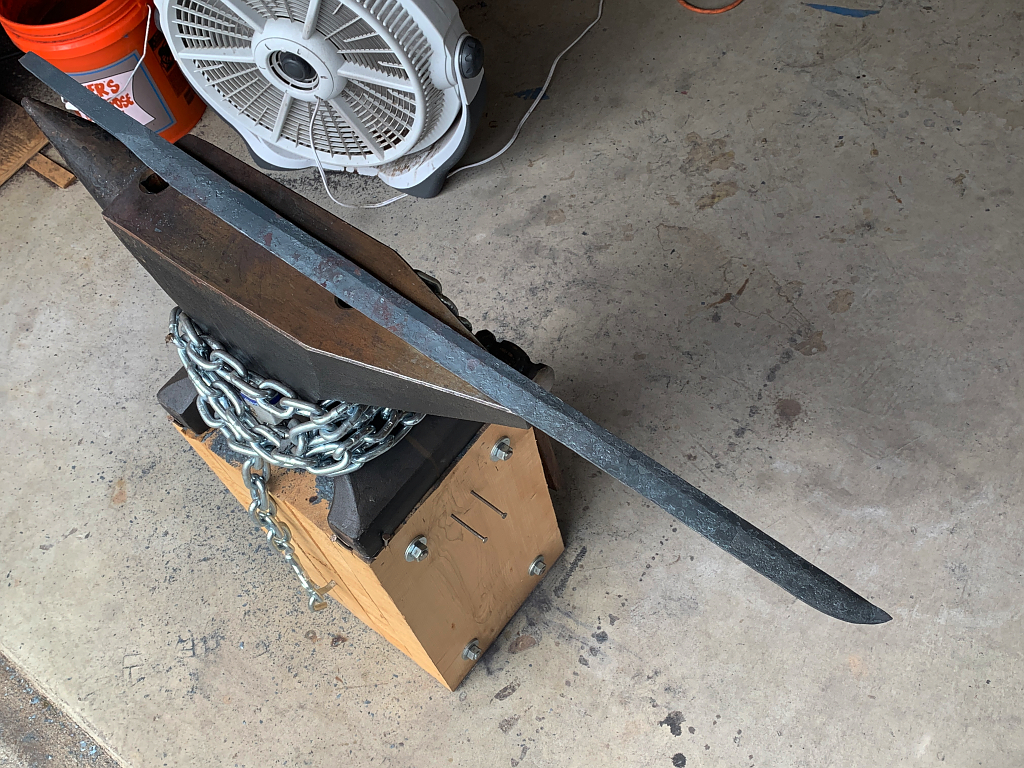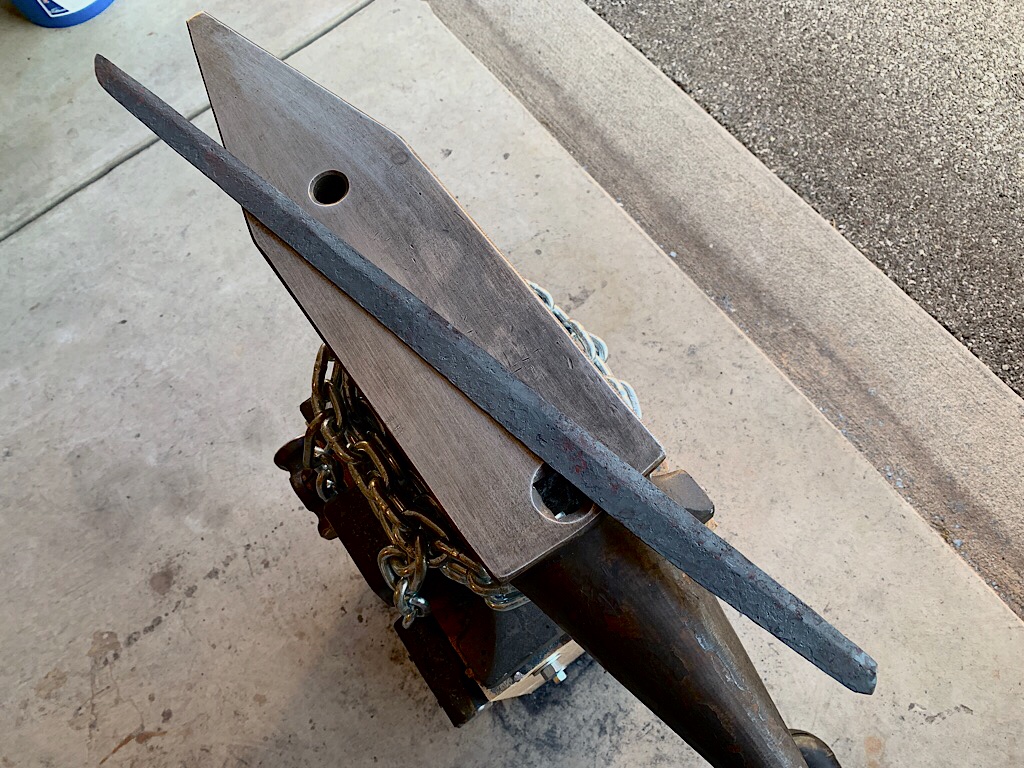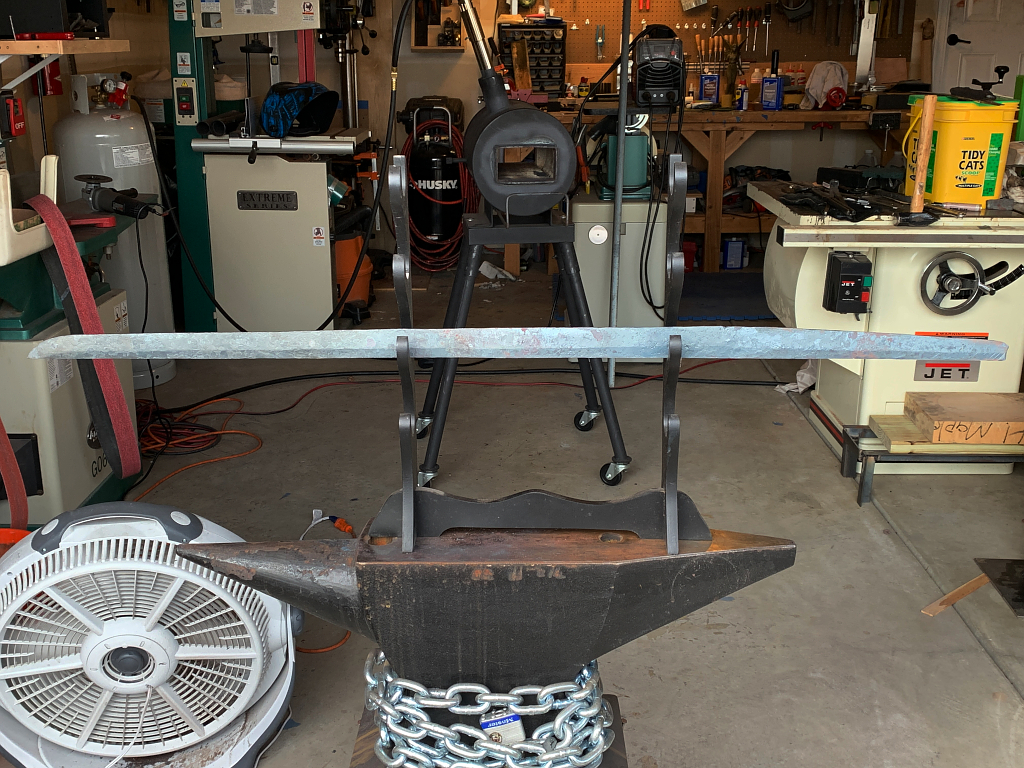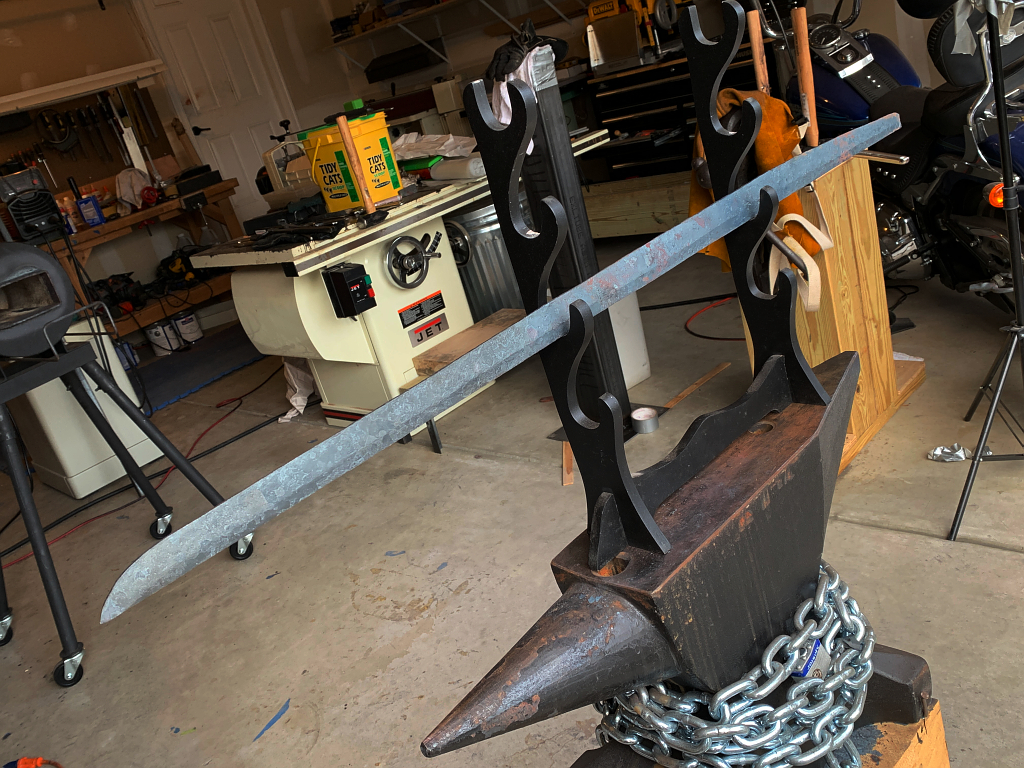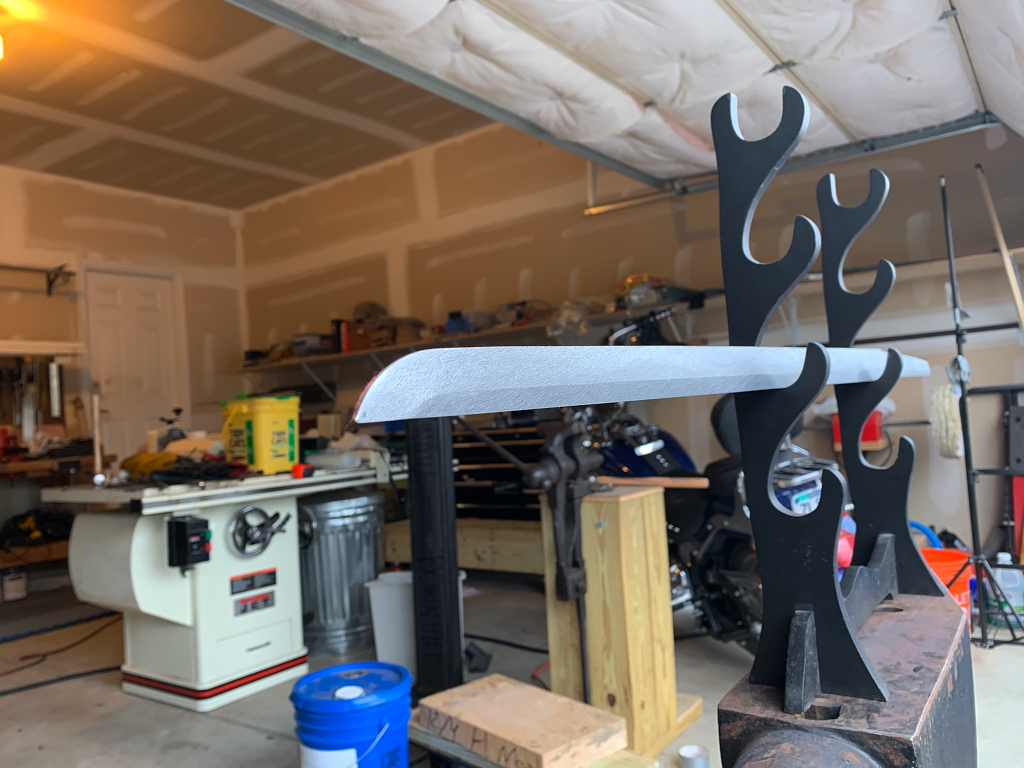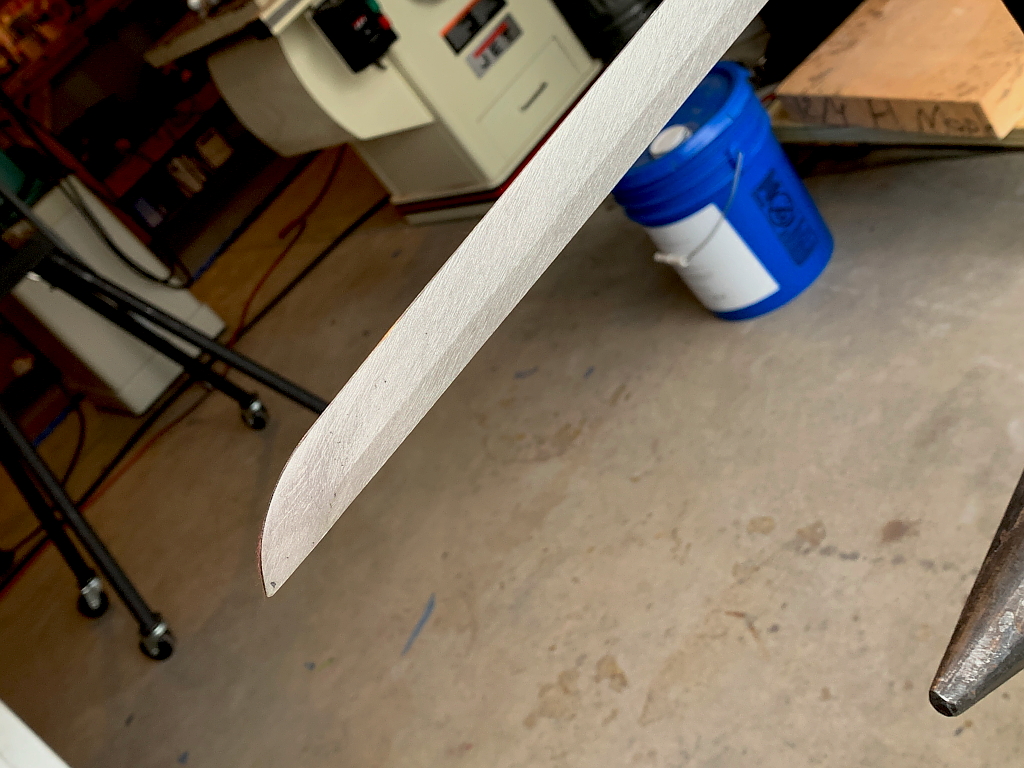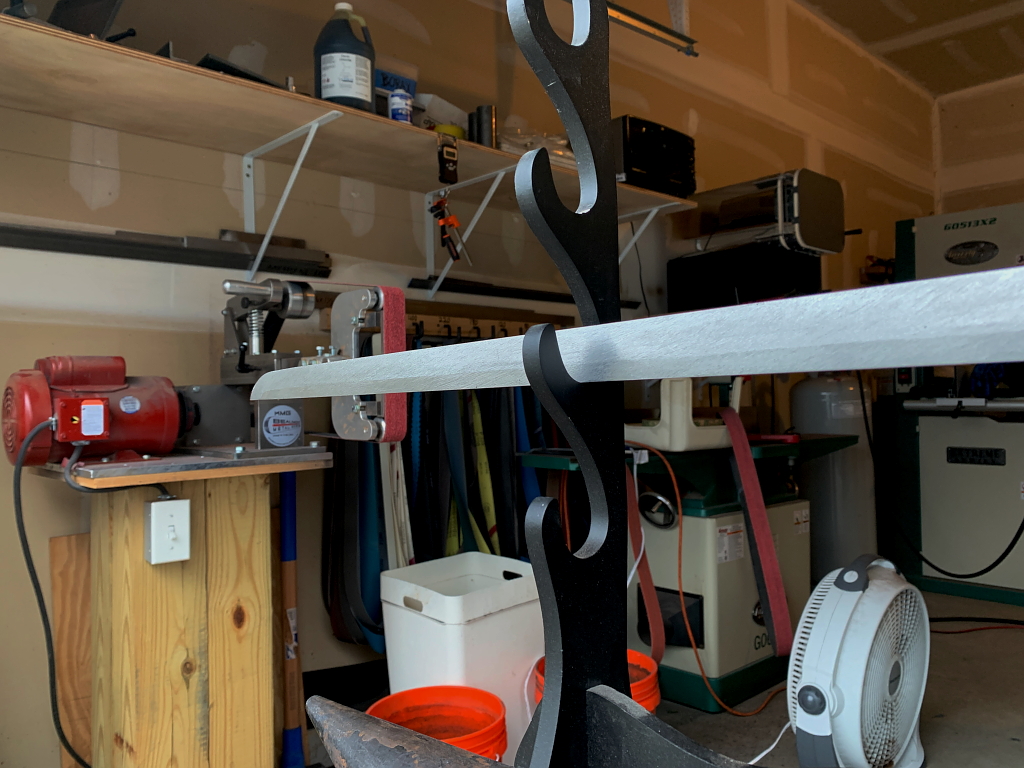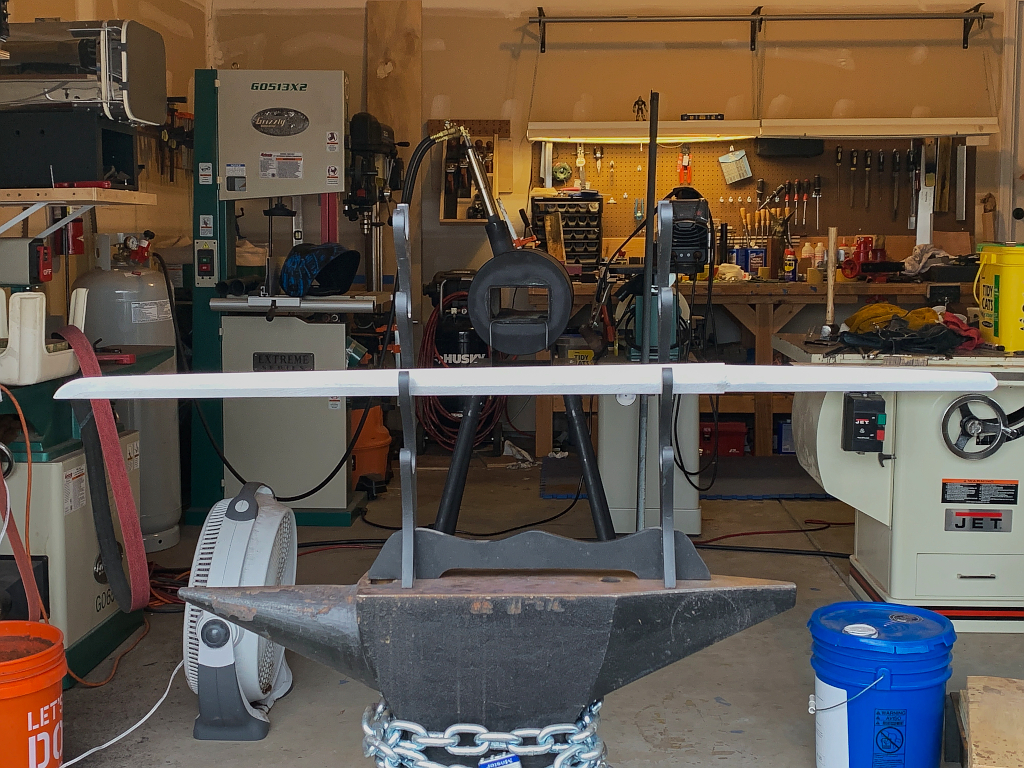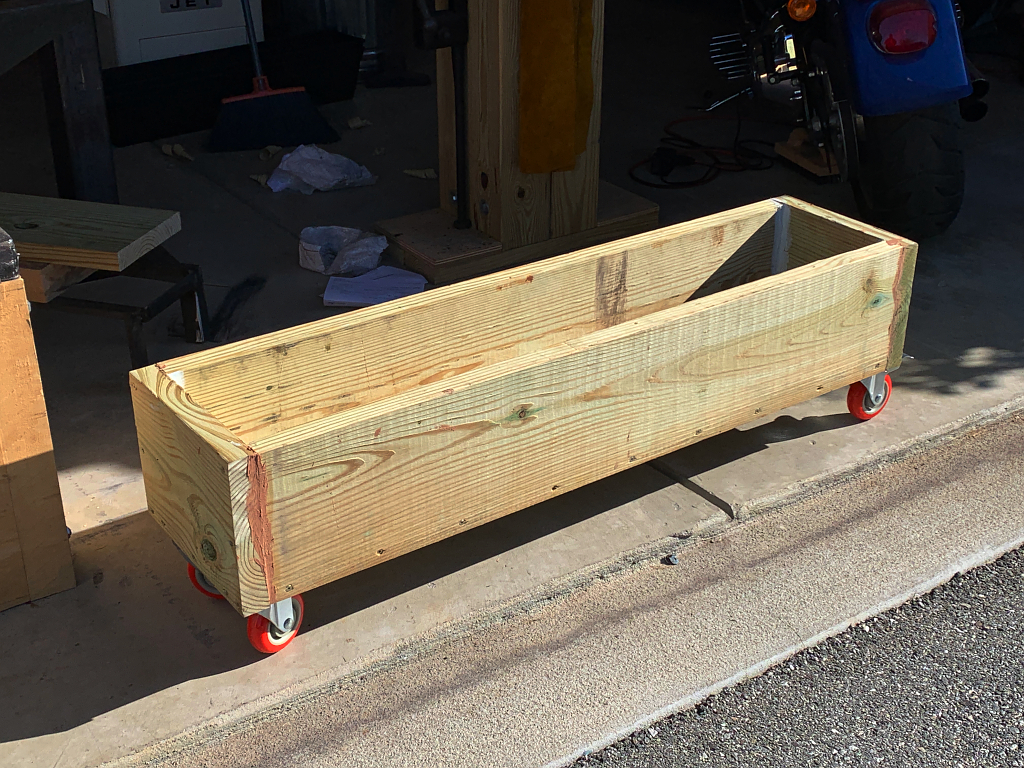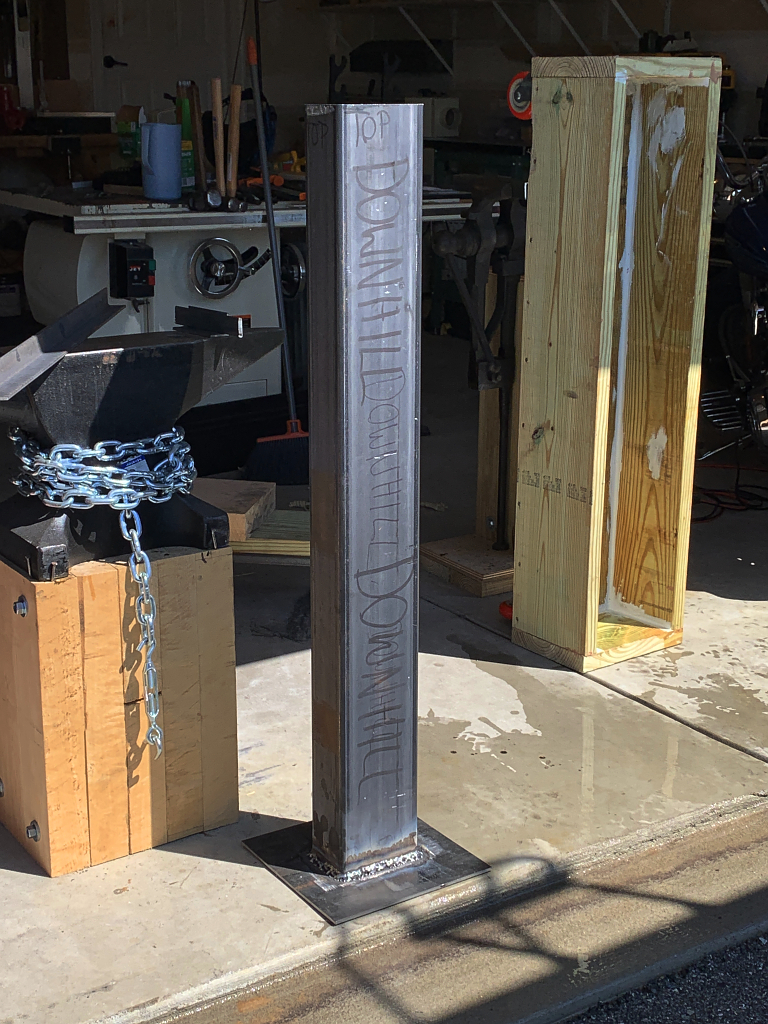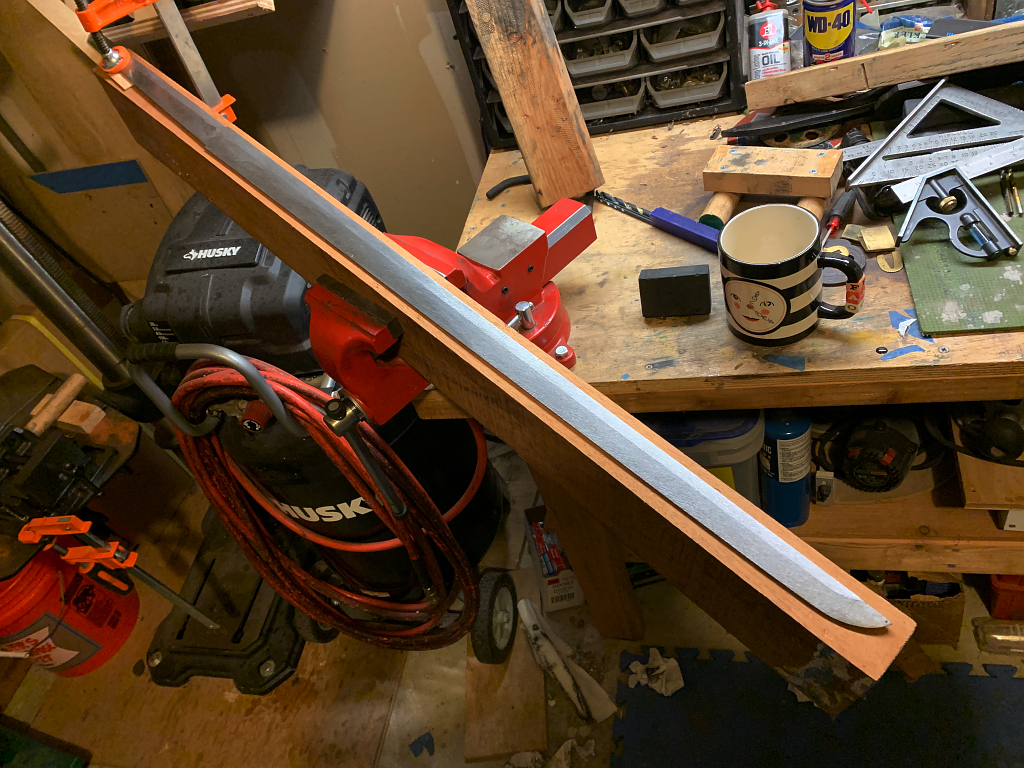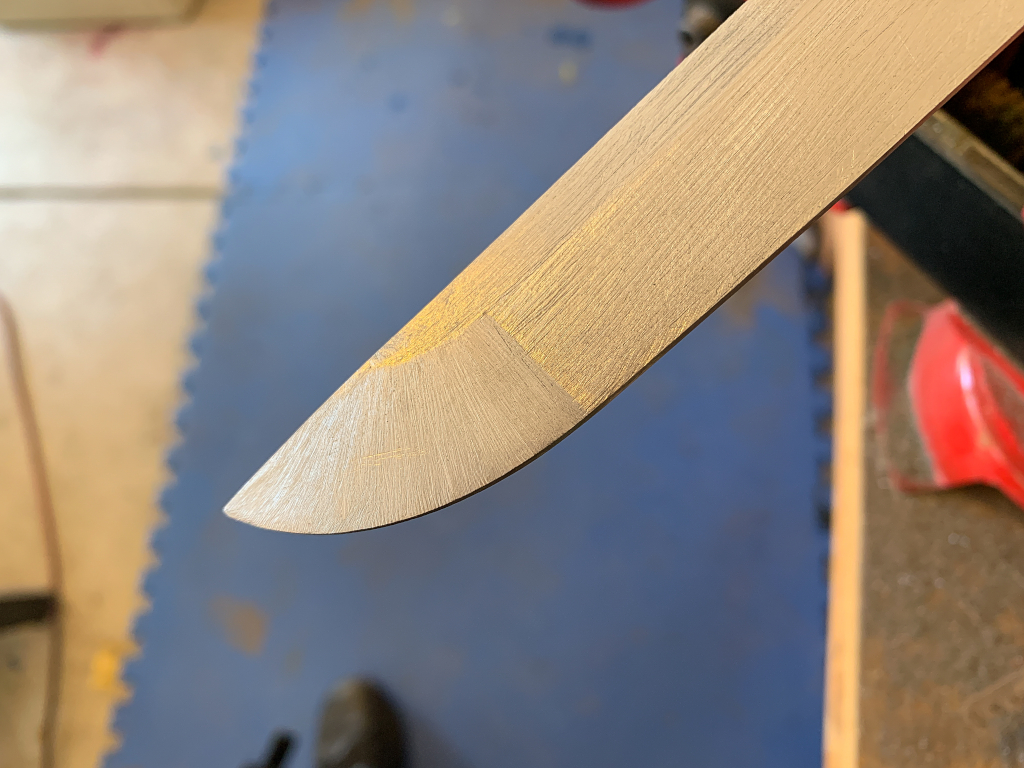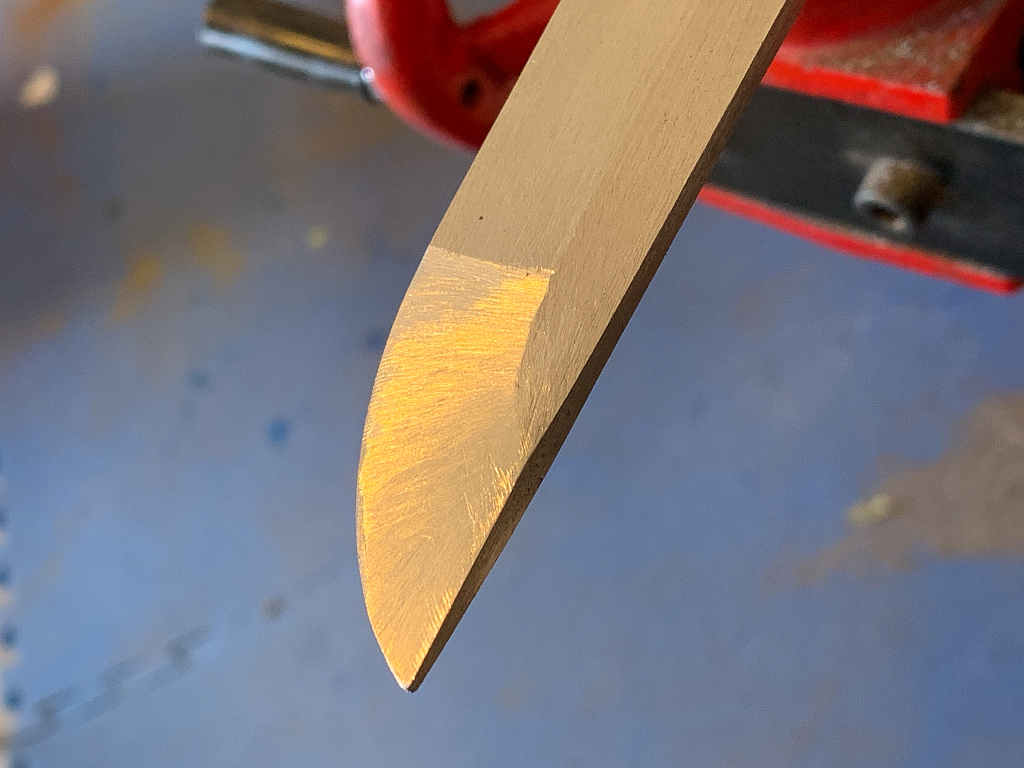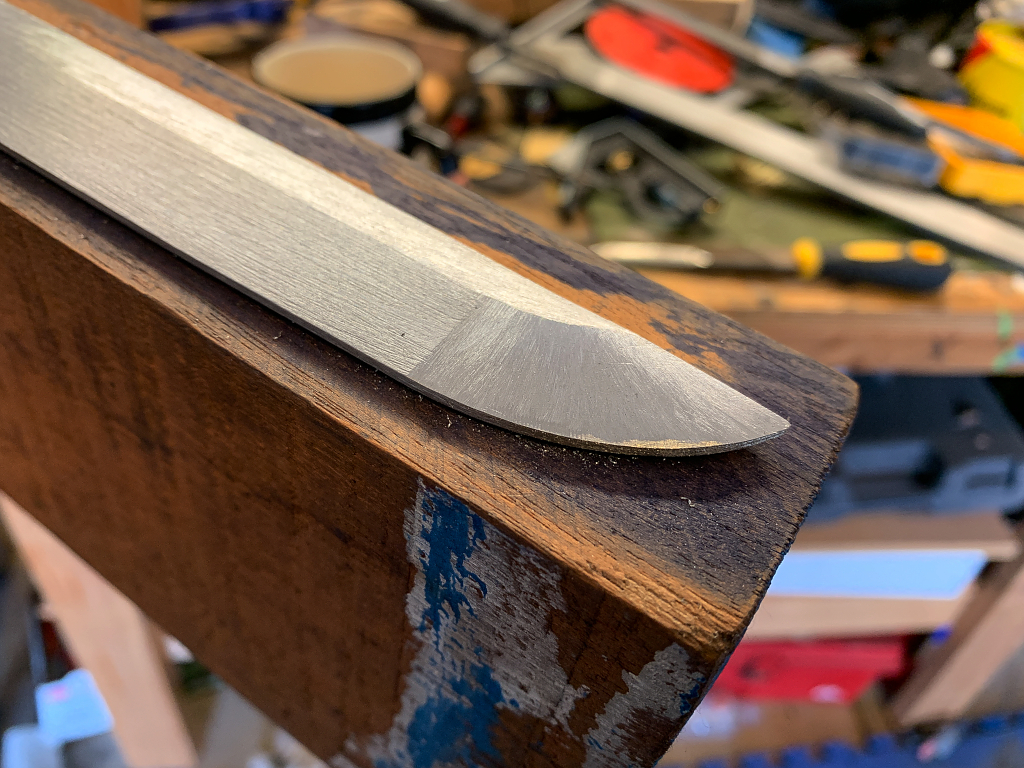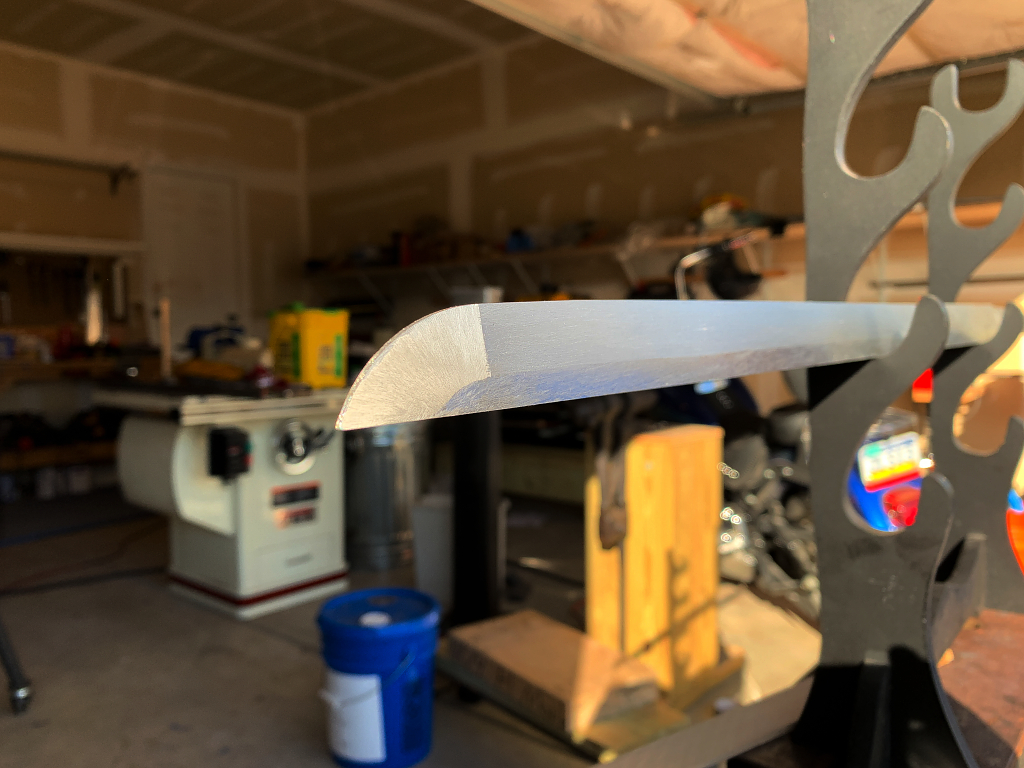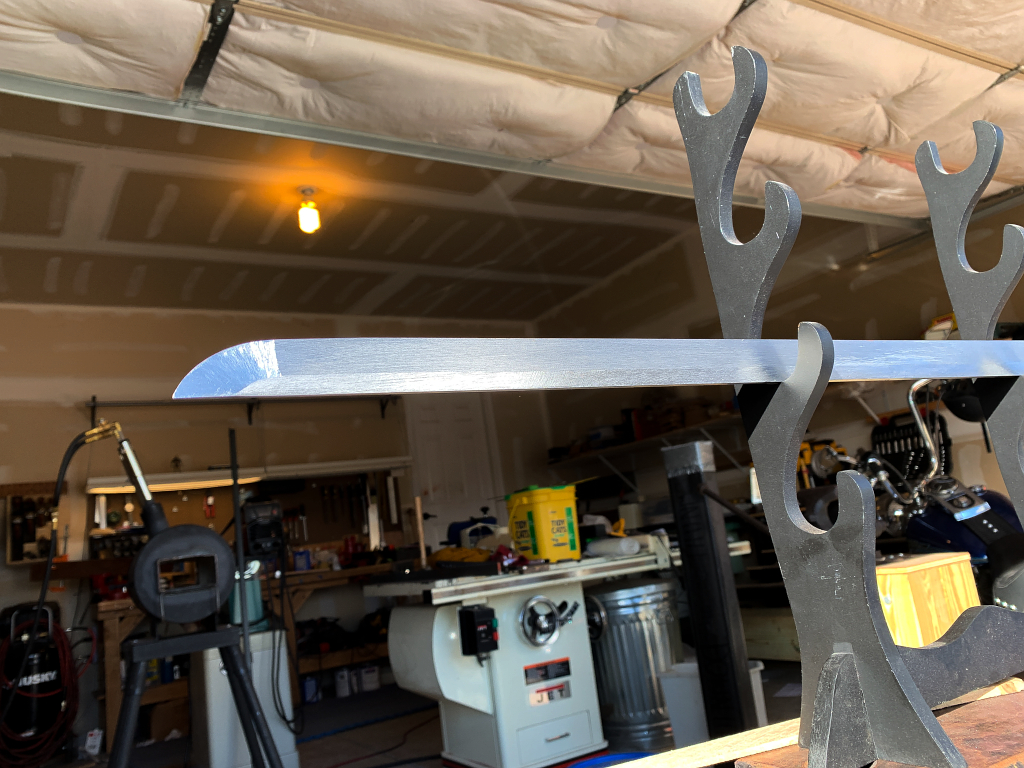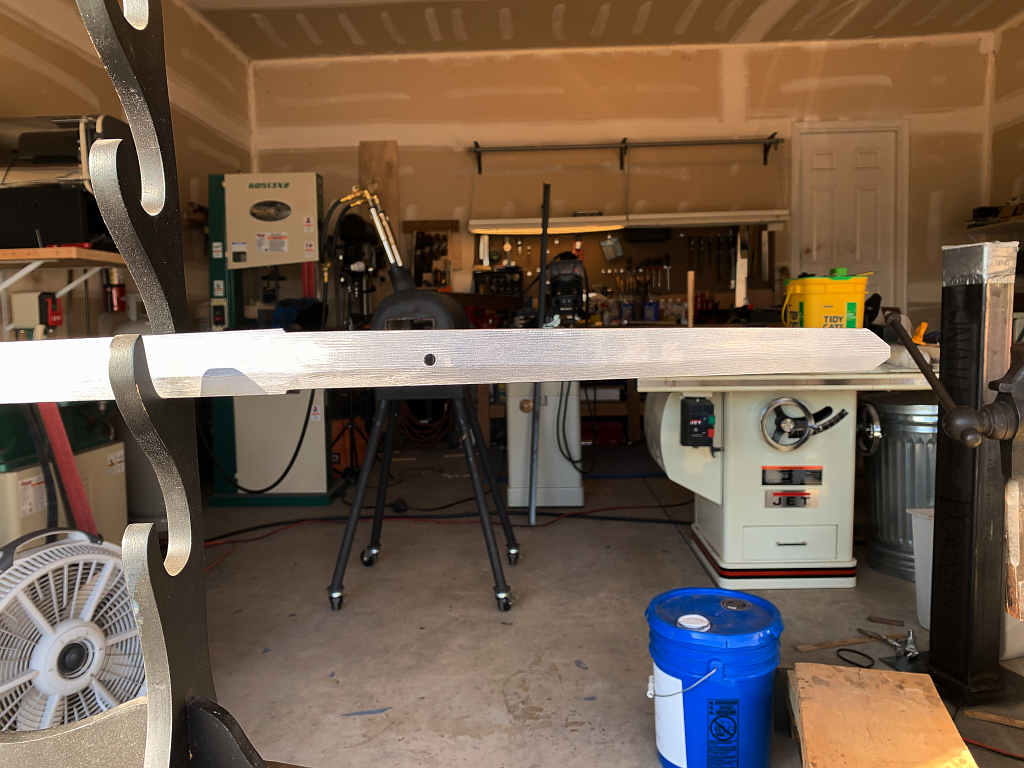This page will document the forging of my first full-sized katana from start to finish. This is a shinogi-zukuri no-hi style.
This is actually the fulfillment of a dream. I used to train regularly in Japanese martial arts. One of the arts was Meishin Muso Ryu Iaido. I loved the swords, and purchased several different swords of varying quality but was always stymied because really good quality swords were simply not within my financial reach. I spent many an evening fantasizing about how cool it would be to be able to forge my own katana. At the time (approximately 14 years ago) the notion of actually being able to do this was straight-up ridiculous, but life is funny and you never know where its constant twists and turns will lead you, and as fate would have it here I am 14 years later preparing to do that very thing. Life gives, and life takes. Life has taken much, but this is one thing its given.
This project will be the whole enchilada. From rough forging a billet of 1095 high carbon steel, and differential heat treatment (clay method) to final polishing, as well as making the tsuka and saya, making the fittings (tsuba, fuchi, kashira, habaki, seppa), and finally mounting the blade. I’ll be doing it all and documenting it in this web page.
The blade will feature a real hamon resulting from the differential heat treatment, rather than the fake, acid etched hamon found on many low-end production katanas.
So, lets not fuck around any longer.
I’ve got my tenugui on, the forge is hot, and I’m ready to hammer. Lets get started 🙂
Into the fire it goes
My initial blows to thin down the width of the billet which is 1.3″ x .375″. The width of the sunobe will be 1.125″ at the machi tapering down to .875 at the kissaki, so clearly 1.25″ is way too big even at the big end of the blade. Not any actual forming here. Just squashing 🙂
This is the kissaki end of the billet hammered down to .875
Sadly, I cant take pictures and forge at the same time so there are big gaps in the action. This is the finished sunobe. The sunobe is a “preform” shape that has no bevels, but contains the basic lines and tapers.
Here I’ve ground most of the forge scale off so I can make sure I have clean, straight lines and even tapers before I start forging the bevels.
Here I’ve used my grinder to remove the forge scale, and cut the notches at the machi which is where the nakago (the tang) starts
Using a home-made draw knife to refine the shinogi ji, which is the side of the blade above the shinogi, which is the ridge that runs lengthwise down the sides of the blade.
I made the draw knife out of an old file, which is hardened steel. since the blade is not hardened yet, the knife cuts it pretty well…
Here now, using files and the draw knife, I’ve carved the shape of the kissaki, which is the tip of the blade. It has distinctive geometric shapes and is pretty much the biggest PITA of the whole blade. Ive ruined a couple attempts and had to start over. This means consigning the blade to be made into smaller knives, etc since once this part of the sword is screwed up, theres no fixing it.
This one is ready for heat treating. Its left really rough finish since heat treating will cause more scale, although light. Once thats done it will get its final polish. Thats where the real work happens and will likely take the better part of a week to finish, however before I proceed with that I’m making another katana from 3/4″ round bar W1 tool steel.
Heres some video of hammering the round bar into a rectangular shape for the sunobe (preform)
